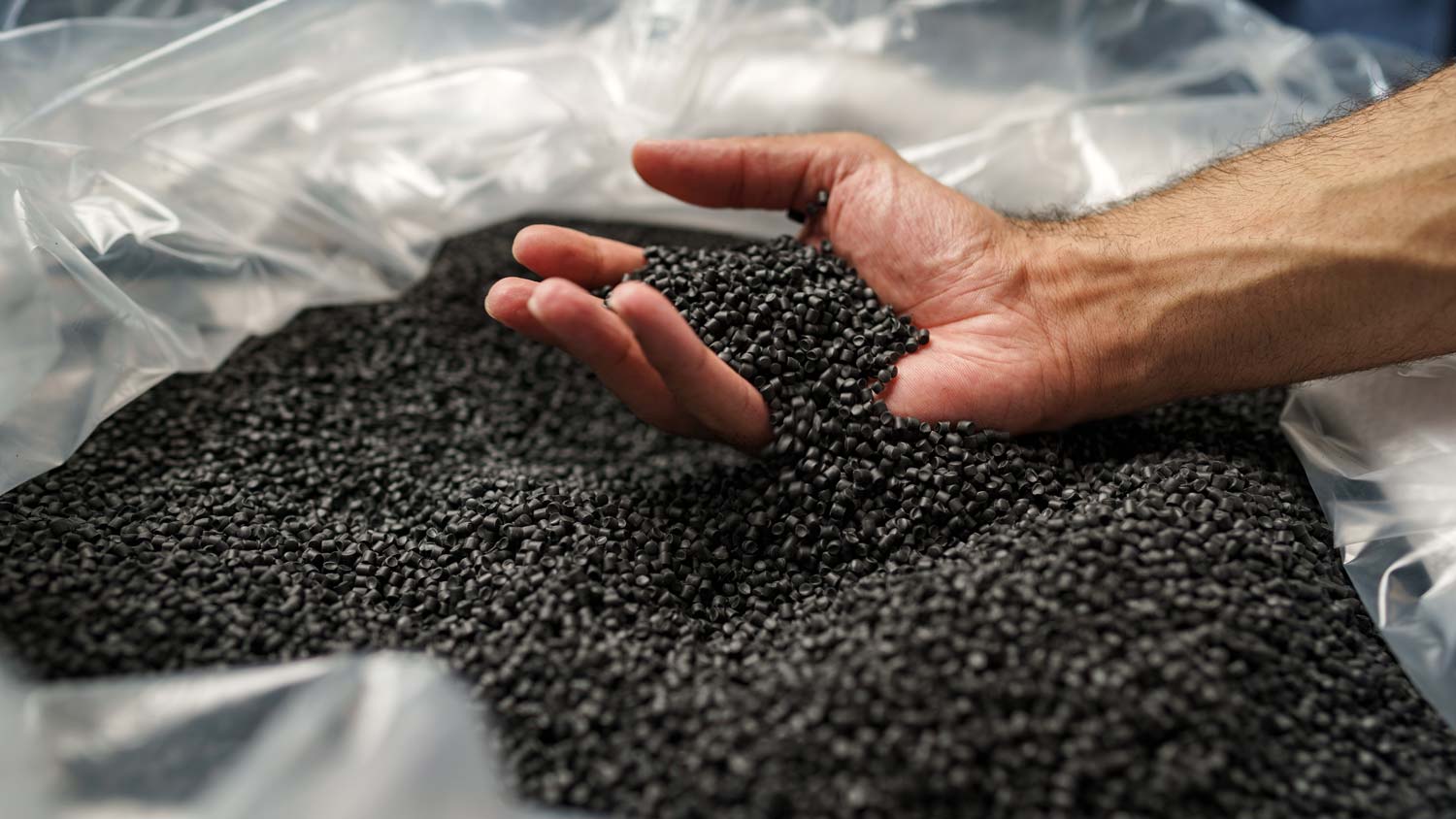As seen in the Tried & True Winter 2024 issue
In the world of manufacturing, construction and innovation, the importance of standards cannot be overstated. Especially here at Fratco, where we hold ourselves and our products to high standards of reliability and endurance. Standards are the invisible threads that bind industries together, ensuring that products are safe, reliable and consistent. Just like many household products you use everyday, Fratco products are no stranger in needing to meet standards. At the forefront of this standardization effort stands ASTM International–an organization dedicated to creating a global language of quality, safety and performance. Many of us have heard or referred to ASTM but we wanted to take the time for a deep dive into what ASTM is and how it functions.
What is ASTM International?
ASTM International, the American Society for Testing and Materials, is a globally recognized leader in the development and publication of voluntary consensus technical standards. Founded in 1898, ASTM has grown to become an influential force in shaping industries and technologies across the globe. They are the reason most manufacturing standards are universally implemented and accepted.
Standards are crucial for ensuring consistency, safety and progress across industries. Without them, the construction, automotive, medical, energy and other sectors would be chaotic, compromising safety and hindering innovation. For instance, without standardized sizes everyday appliances like toasters or toilets wouldn’t work efficiently. ASTM’s role in setting standards is vital for the smooth operation and growth of industries, including specialized fields like Fratco’s drainage solutions.
Key Ways ASTM Makes a Difference
Standardizing Safety and Reliability
ASTM standards enhance safety by establishing best practices and testing procedures. From building codes to medical devices, adherence to these standards helps protect consumers and users. These standards also promote sustainability and environmentally responsible practices. This is crucial in an era where environmental concerns are paramount. For example, Fratco pipe needs to meet specific ASTM standards that ensure quality plastic. It’s ASTM’s stamp of approval that helps provide a universal understanding of what customers can expect from that plastic. Concerns about things like product degradation or pipe buckling under pressure can be removed when the product meets specific ASTM standards.
Championing Collaborative Innovation
Standards drive innovation by providing a framework for consistent quality. Companies use ASTM standards to develop new products and technologies with confidence, knowing they meet established criteria. For Fratco this means following ASTM standards to help certify our top-of-the-line products as well as boost our research and development on potential new products.
Pioneering Global Trade
ASTM’s standards are recognized and adopted internationally. They are often referenced in contracts, regulations and procurement documents, ensuring global consistency and compliance. These universal standards help facilitate international trade by providing a common language for product specifications. This simplifies the procurement process and encourages economic growth for companies big and small. This simplification and standardization is what gives space for small businesses and contractors to help gain some traction. Every business starts somewhere, and with ASTM standards small start-ups can get the same quality assurance that a larger company may already have established.
How Does a Standard Get Created?
ASTM’s standards development process is a testament to collaboration, expertise and the pursuit of excellence. Here’s a glimpse into how it works:
- Identifying Needs: The process begins when a need for a new standard or the revision of an existing one is recognized within an industry or community. One way you can see this play out is in the universal formulas for the composition of recyclable plastics. If a type of plastic is recyclable, then it’s meeting that standard.
- Technical Committees: When a need is identified a technical committee is called into action. ASTM has over 140 technical committees, each focused on a specific area. For example, if the need is steel-related, it could fall on a committee dedicated to stainless steel alloy or a broader one dedicated to related alloys. These committees consist of experts, stakeholders and professionals from various fields. These committees begin working on solutions and setting standards for identified problems in their respective fields.
- Balloting and Review: Proposed standards are submitted for review, allowing for input and feedback from committee members and external stakeholders. This process is repeated until a standard reaches its final iteration.
- Publication: Once a standard has been rigorously reviewed, it is published and made available to the general public. ASTM’s online platform, ASTM Compass, serves as a repository for these standards where programs like the Occupational Safety and Health Administration (OSHA) will begin to implement and regulate the use of standards.
ASTM International plays a vital role in shaping industries, ensuring safety and fostering innovation worldwide. We look up to their commitment to collaboration, consensus and excellence and how it has made ASTM an internationally trusted source of standards. ASTM will remain at the forefront as industries continue to evolve and face new challenges, setting the standard for excellence and progress. As we at Fratco continue growing, developing, researching and producing, we will continue to be part of the standardization process that ASTM provides. In an ever-changing world, ASTM International provides the stability and reliability that industries and consumers rely on.
Don’t get it twisted!
An Inside Look at ASTM’s Role in Creating Standards with Andrew Kireta, Jr.
— Former Board Chair for ASTM
We had the opportunity to speak with Andrew Kireta, a long-time volunteer with ASTM and former board chair. Kireta emphasized that ASTM as an organization is not involved in the technical or scientific discussions when creating standards. He puts it like this, “The biggest misconception about ASTM is that ASTM as an organization, or as staff, writes the standards or has a say in the actual technical content of the standards. ASTM is a convener and an arbitrator of the standards development process.” In other words, ASTM creates a space for scientific experts from different fields and experiences to come together and create standards. Kireta went on to explain, “They [ASTM] do not write nor do they impact the technical content of any of the standards. That is solely the responsibility of each technical committee and their volunteer members.” In summary, ASTM as an organization does not write the standards themselves. Rather, they bring together experts from different disciplines to guide them in creating standards based on what those experts know best.




